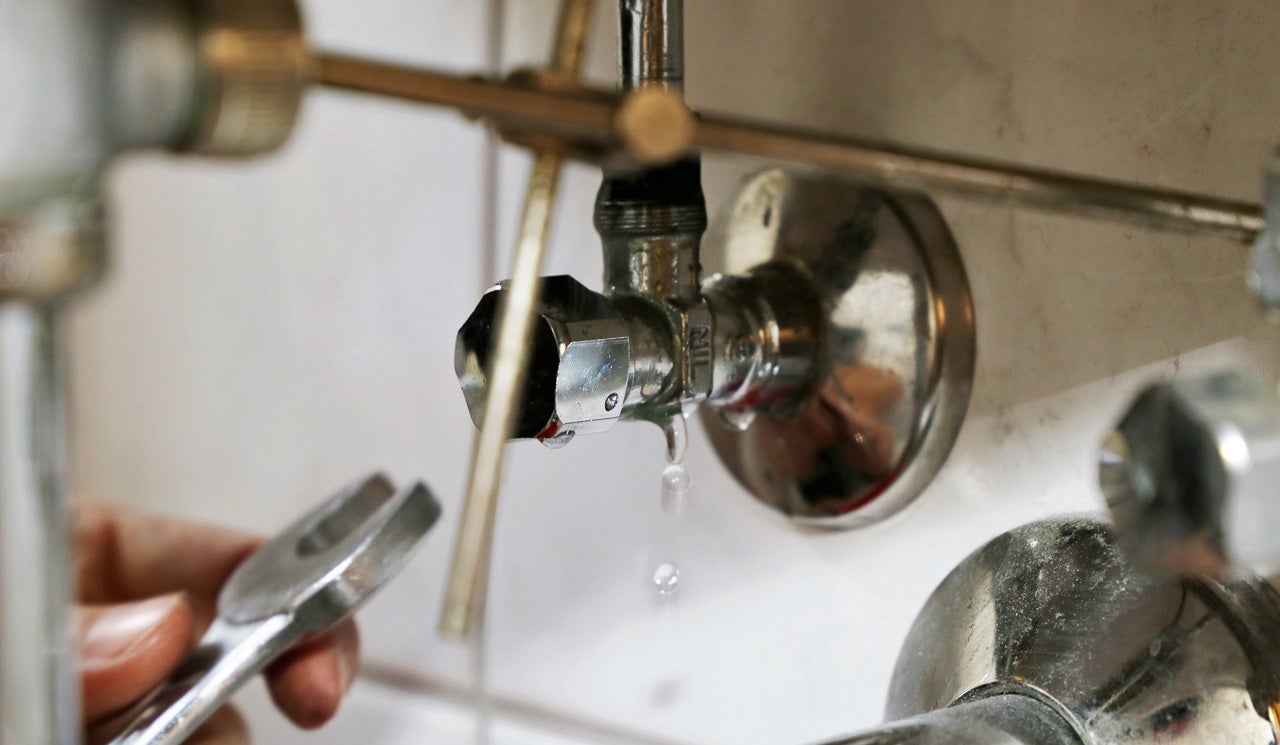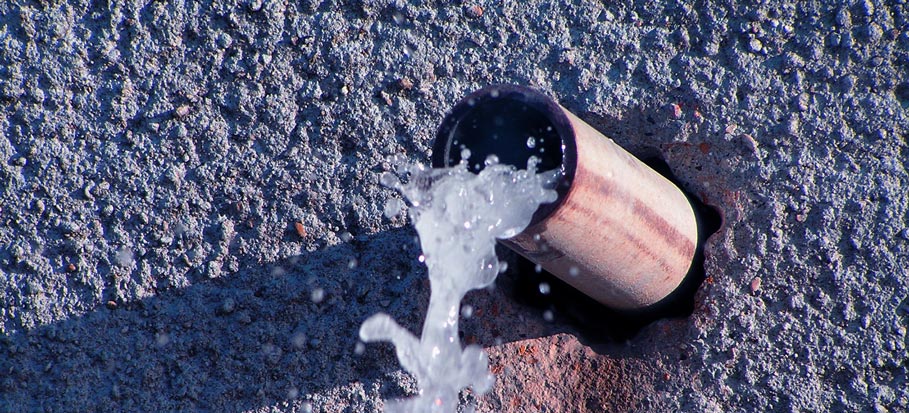Unmasking Concealed Water Line Leaks: Six Smart Detection Methods
Unmasking Concealed Water Line Leaks: Six Smart Detection Methods
Blog Article
Everybody has their private thinking with regards to Leaking water lines.

Early detection of leaking water lines can mitigate a potential calamity. Some small water leaks might not be visible.
1. Examine the Water Meter
Every residence has a water meter. Examining it is a guaranteed manner in which assists you find leakages. For beginners, turn off all the water sources. Make certain no person will purge, use the tap, shower, run the washing equipment or dishwashing machine. From there, most likely to the meter and watch if it will transform. Since no person is using it, there ought to be no activities. That suggests a fast-moving leakage if it relocates. If you identify no adjustments, wait a hr or 2 and also examine back once more. This suggests you might have a sluggish leak that might also be below ground.
2. Check Water Consumption
Analyze your water expenses and also track your water consumption. As the one paying it, you must observe if there are any type of disparities. If you detect sudden changes, regardless of your intake coinciding, it suggests that you have leakages in your plumbing system. Keep in mind, your water expense ought to fall under the very same array every month. A sudden spike in your costs suggests a fast-moving leak.
A steady boost every month, also with the very same habits, reveals you have a slow-moving leak that's also slowly intensifying. Call a plumber to completely inspect your home, particularly if you really feel a cozy area on your flooring with piping below.
3. Do a Food Coloring Test
When it comes to water usage, 30% comes from toilets. If the color somehow infiltrates your bowl during that time without flushing, there's a leak between the storage tank as well as bowl.
4. Asses Exterior Lines
Do not fail to remember to inspect your outside water lines as well. Ought to water seep out of the connection, you have a loose rubber gasket. One small leak can waste tons of water and increase your water bill.
5. Assess the circumstance and check
Homeowners should make it a practice to check under the sink counters and also inside closets for any kind of bad odor or mold and mildew growth. These two warnings show a leakage so punctual interest is required. Doing routine examinations, even bi-annually, can conserve you from a major problem.
Inspect for stainings and also compromising as a lot of pipelines and appliances have a life expectancy. If you presume dripping water lines in your plumbing system, don't wait for it to escalate.
Early discovery of leaking water lines can mitigate a prospective catastrophe. Some small water leaks may not be noticeable. Examining it is a guaranteed means that aids you discover leaks. One small leak can waste lots of water as well as increase your water costs.
If you suspect leaking water lines in your plumbing system, do not wait for it to rise.
WARNING SIGNS OF WATER LEAKAGE BEHIND THE WALL
PERSISTENT MUSTY ODORS
As water slowly drips from a leaky pipe inside the wall, flooring and sheetrock stay damp and develop an odor similar to wet cardboard. It generates a musty smell that can help you find hidden leaks.
MOLD IN UNUSUAL AREAS
Mold usually grows in wet areas like kitchens, baths and laundry rooms. If you spot the stuff on walls or baseboards in other rooms of the house, it’s a good indicator of undetected water leaks.
STAINS THAT GROW
When mold thrives around a leaky pipe, it sometimes takes hold on the inside surface of the affected wall. A growing stain on otherwise clean sheetrock is often your sign of a hidden plumbing problem.
PEELING OR BUBBLING WALLPAPER / PAINT
This clue is easy to miss in rooms that don’t get much use. When you see wallpaper separating along seams or paint bubbling or flaking off the wall, blame sheetrock that stays wet because of an undetected leak.
BUCKLED CEILINGS AND STAINED FLOORS
If ceilings or floors in bathrooms, kitchens or laundry areas develop structural problems, don’t rule out constant damp inside the walls. Wet sheetrock can affect adjacent framing, flooring and ceilings.
https://www.servicemasterbyzaba.com/blog/how-to-detect-water-leakage-in-walls/

We were introduced to that article on Finding hidden leaks from a good friend on our other blog. Please take a moment to distribute this article if you enjoyed reading it. We thank you for reading our article about Leaking water lines.
Expertise? One call away. Report this page